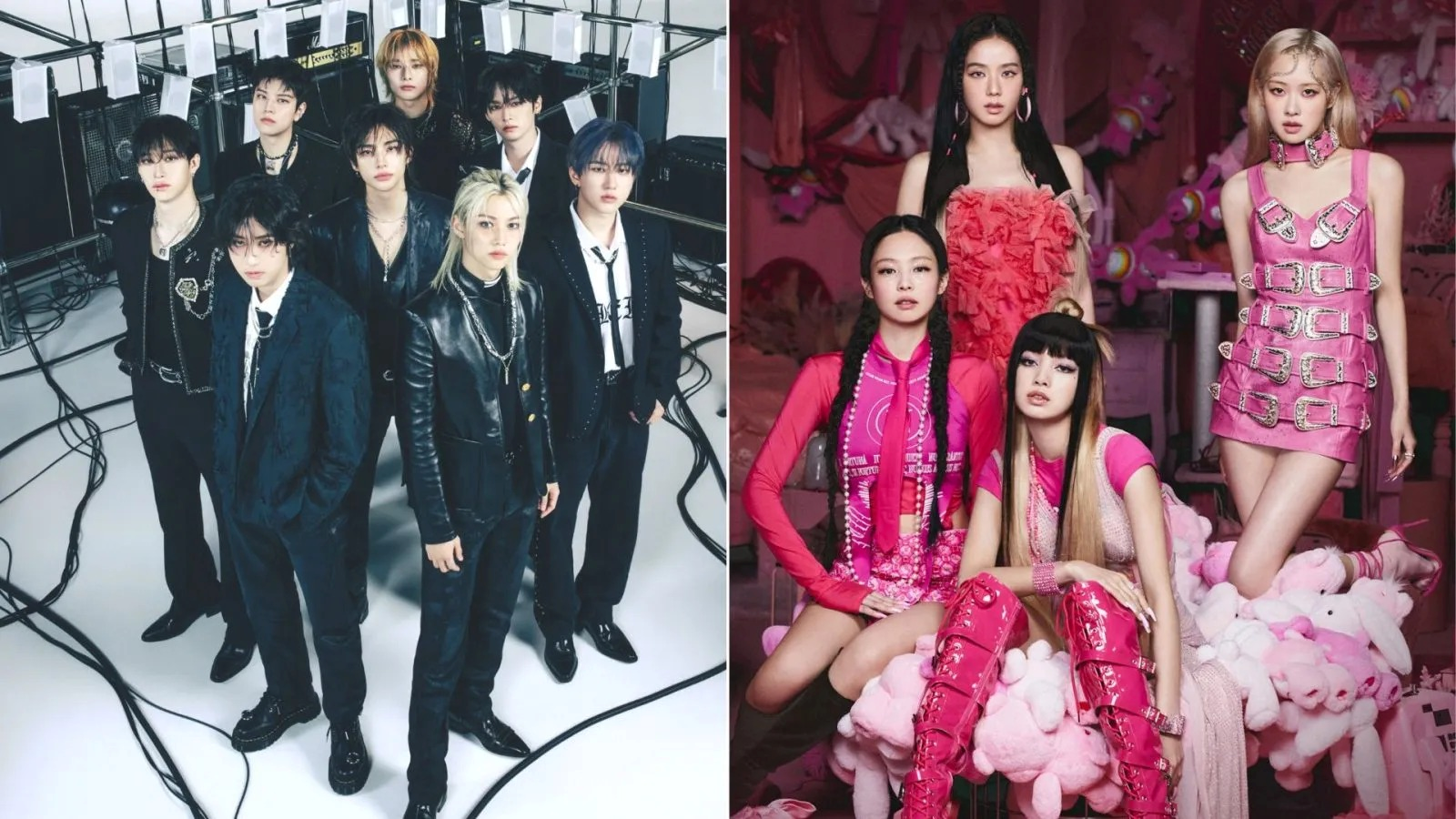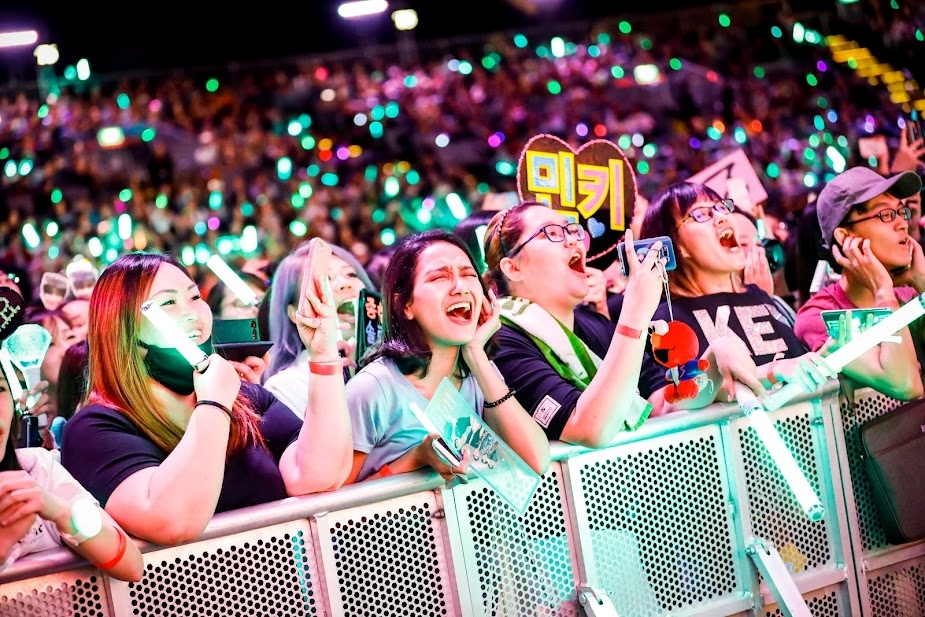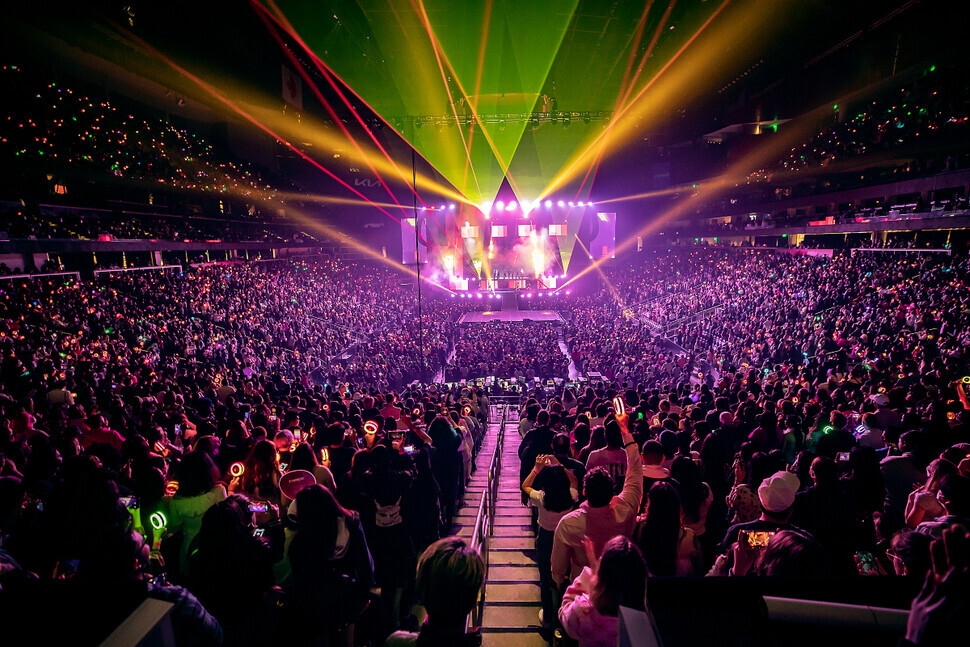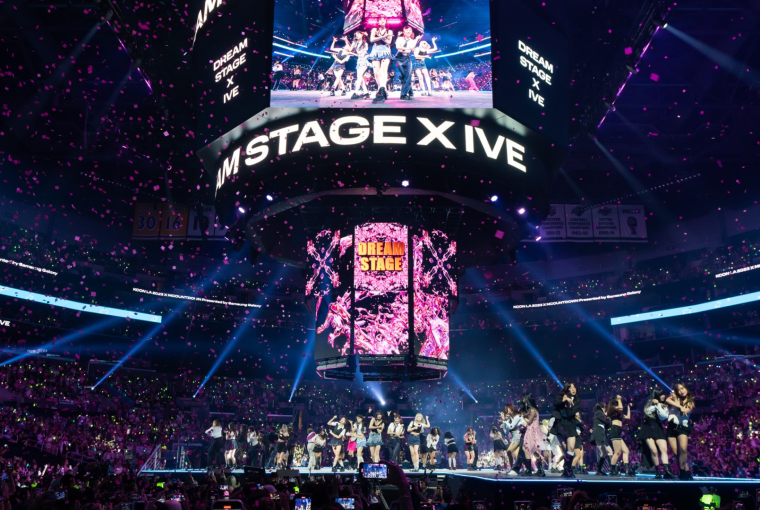Credit where it’s due: Writer Dominique Falla’s research and article for The Conversation earlier this year set me on a fascinating path. She posed a deceptively simple question: How did a South Korean boy band you may never have heard of debut all six of their chart entries at No. 1 on the US Billboard 200?
That band was Stray Kids.
Fast-forward to last week, and they’ve rewritten history — the only group in Billboard history to debut seven releases at No. 1. What’s remarkable isn’t just the feat. It’s how they achieved it — with minimal mainstream radio play. No traditional industry hand-holding. Instead, their rise was powered almost entirely by one thing: a mobilized global fandom.




When Fans Become the Industry
If you still believe radio stations and label marketing alone determine chart success, K-Pop is here to disprove that. BTS cracked the code first. Stray Kids amplified it. ATEEZ is already charging forward. This isn’t hype—it’s a strategic shift.
As Dominique highlighted, K-Pop fandom isn’t just emotional; it’s tactical. Organized, global, relentless. Fans are not just consumers—they are promoters, amplifiers, even campaign managers. They transform loyalty into leverage. For me, this is where everything syncs: music, culture, and business intelligence converge into a directional playbook.
Old-School Fan Clubs vs. New-Age Mobilization
I grew up fan-obsessed with The Police, INXS, Red Hot Chili Peppers, Madonna —vinyls, queues, merch, crying openly at new song drops and tearing up my wardrobe to belong. But nothing I experienced then compares to what K-Pop fandom looks like now. Digital fandoms today move with military precision—coordinated streaming, hashtag storms, fan-led promotions—all across time zones. In K-Pop, fans are the army.
What America’s Industry Is Learning—and How It’s Responding
The U.S. entertainment industry is starting to respond—not by resisting, but by collaborating and adapting. Something groundbreaking appeared on Apple TV+ on August 29, 2025: a new show called KPOPPED, where Western stars team up with K-Pop idols to “K-Pop” their hits in live, Seoul-based performances. It’s big, it’s bold, and it’s undeniable proof that K-Pop is influencing the American industry narrative.
Hosted and executive produced by Megan Thee Stallion (alongside icons like PSY and Lionel Richie), the eight-episode series is a literal remix of Western hits reimagined through K-Pop’s global lens. Entertainment recognizes the power of K-Pop as a force multiplier—one worth partnering with, not sidelining.
Lessons for Content, Culture, and Communications
If you work in media, branding, or content strategy, here’s what to take home:
-
Community ≠ Audience. K-Pop builds active stakeholders, not passive viewers.
-
Execution ≠ Serendipity. Every comeback is engineered, every teaser timed, every live drop gamified.
-
Global ≠ Fragmented. K-Pop fandom operates seamlessly across borders—because it views itself as a unified global community.
In my work—as an international lifestyle journalist and PR strategist promoting K-Pop concerts across Malaysia and Singapore— I’ve seen firsthand how this ecosystem functions. It isn’t just entertainment. It’s cultural infrastructure. And if you’re in business, communications, or branding, you’d be foolish not to pay attention.
Curious how AI is remixing the future of music? Read my global feature on AI bands shaking up the industry
The Bigger Picture
Of course, rivalries between fandoms are inevitable. Stray Kids set a new bar, and instantly, BTS fans buzzed. And when BTS returns with their next album, we can safely predict records will shatter again. But here’s the truth: it’s not about “my band vs. your band.” The real story is how K-Pop fandom power has permanently reshaped the global music industry.
And no matter who breaks the next record, the ultimate winner is K-Pop itself.
Watching, Learning, Applying
As an international lifestyle journalist and media entrepreneur, I’m watching closely. Because what’s happening in K-Pop isn’t confined to music. It’s a cultural case study in how digital communities, when mobilized with passion and precision, can flip industries upside down. It’s no longer about whether you like the music or not. It’s about what you can learn from the movement.
So, congratulations to Stray Kids for rewriting Billboard history. To BTS and ARMY, the ball is in your court. And to all of us working in content, culture, and communications — K-Pop just handed us the blueprint.
Are you paying attention? I definitely am. See you on the concert floor.
Reach out to me to PR Manage/cover a concert/media interview at etheldacosta@gmail.com



